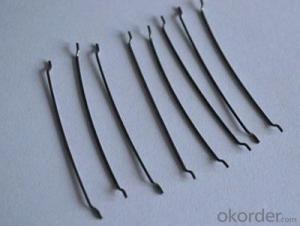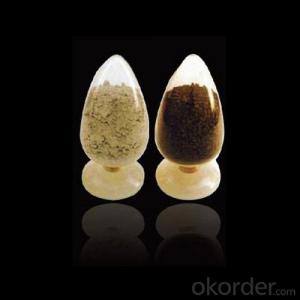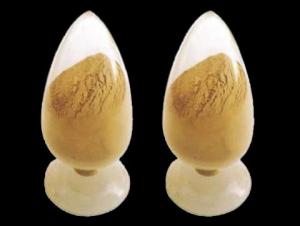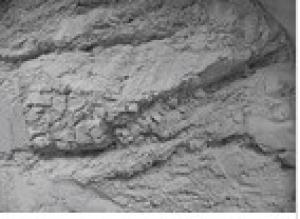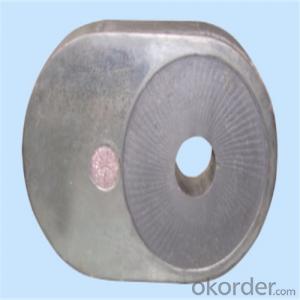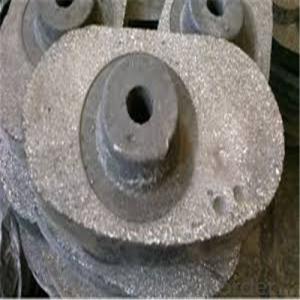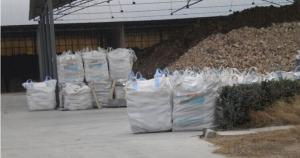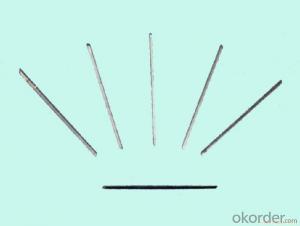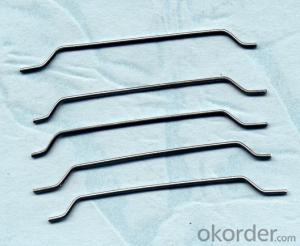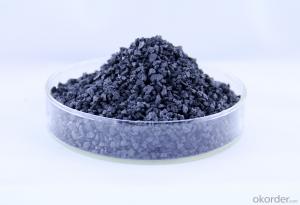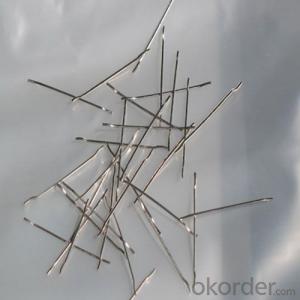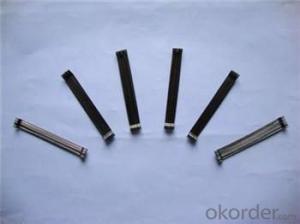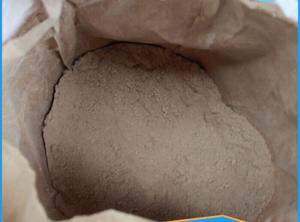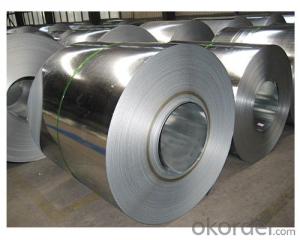All Categories
- - Steel Wire Rod
- - Steel Coils
- - Steel Profiles
- - Steel Pipes
- - Stainless Steel
- - Tinplate
- - Special Steel
- - Steel Sheets
- - Steel Rebars
- - Steel Strips
- - Hot Rolled Steel
- - Cold Rolled Steel
- - Pre-painted Steel
- - Seamless Steel Pipe
- - Welded Steel Pipe
- - Hollow Steel Tubes
- - Galvanized Pipe
- - Stainless Steel Coil
- - Stainless Steel Sheet
- - Stainless Steel Plate
- - Stainless Steel Strips
- - Electrolytic Tinplate Coil
- - Electrolytic Tinplate Sheet
- - Stainless Steel Rebars
- - Solar Panels
- - Solar Water Heater
- - Solar Related Products
- - Solar Inverter
- - Solar Cells
- - Solar Light
- - Solar Energy Systems
- - Solar Controllers
- - Solar Mounting System
- - Solar Pump
- - Solar Chargers
- - Fiberglass Chopped Strand
- - Fiberglass Mesh Cloth
- - Composite Pipes
- - FRP Pultrusion Profiles
- - Fiberglass Mat Tissue
- - Fiberglass Fabrics
- - Fiberglass Mesh
- - Composite Tank
- - Fiberglass Mesh tape
- - Polymer
- - FRP Roofing Panel
- - Fiberglass Roving
- - Monolithic Refractories
- - Ceramic Fiber Products
- - Refractory Bricks
- - Raw Materials For Refractory
- - Suspended Platform
- - Cranes
- - Concrete Machinery
- - Earthmoving Machinery
- - Building Hoist
- - Road Building Machinery
- - Plastic Pipe Fittings
- - Plastic Tubes
- - Plastic Sheets
- - Agricultural Plastic Products
- - Plastic Nets
Q & A
How do monolithic refractories perform in ladle lining applications?
Monolithic refractories perform exceptionally well in ladle lining applications due to their superior thermal shock resistance, high strength, and excellent chemical resistance. Their ability to withstand extreme temperatures and aggressive chemical environments makes them an ideal choice for ladle linings, ensuring prolonged service life and preventing metal contamination. Additionally, the monolithic nature of these refractories allows for easy installation and repair, reducing downtime and maintenance costs.
How do monolithic refractories compare to plastic refractories in terms of repairability?
Monolithic refractories have better repairability compared to plastic refractories. This is because monolithic refractories can be easily repaired by adding new material to the damaged area, which bonds well with the existing refractory structure. On the other hand, plastic refractories often require complete replacement rather than repair, as they cannot be easily patched or bonded together.
How can the lifespan of monolithic refractories be extended?
The lifespan of monolithic refractories can be extended by implementing proper installation techniques, ensuring effective curing, using suitable protective coatings, regularly inspecting and repairing any damages, and optimizing operating conditions to minimize thermal stress.
Are there any environmental concerns associated with monolithic refractories?
Yes, there are some environmental concerns associated with monolithic refractories. Monolithic refractories are typically made of materials such as silica, alumina, and other minerals that are energy-intensive to produce and often require high-temperature firing processes. These manufacturing processes can contribute to greenhouse gas emissions and air pollution. Additionally, the disposal of monolithic refractories at the end of their life cycle can pose challenges due to their high heat resistance and potential for containing hazardous substances. Proper waste management and recycling practices are necessary to mitigate these environmental concerns.
How do monolithic refractories handle thermal shock?
Monolithic refractories are designed to handle thermal shock by being resistant to sudden changes in temperature. They have a high thermal conductivity and low thermal expansion, which allows them to withstand rapid heating and cooling without cracking or spalling. Additionally, the use of specialized binders and additives in monolithic refractories helps to enhance their resistance to thermal shock.
Wholesale Monolithic Refractories from supplier in Kazakhstan
Our team of experts is knowledgeable about the local market and can provide tailored recommendations and solutions to meet your specific requirements. We understand the importance of quality and reliability in the refractories industry, and we work closely with our clients to ensure that they receive the best products and services.
Our Monolithic Refractories products are manufactured using advanced technology and high-quality raw materials, ensuring superior performance and durability. Whether you need refractories for iron and steel, cement, glass, or other industries, we have a wide range of products to meet your needs. Our technical support team is available to assist you with installation, maintenance, and troubleshooting, ensuring that your refractories perform optimally and have a longer lifespan.
As a subsidiary of CNBM, we have access to a vast network of resources and expertise, enabling us to provide the most competitive prices and efficient delivery services. We are committed to building long-term partnerships with our clients and strive to exceed their expectations in terms of product quality, service, and support.
Contact us today to discuss your Monolithic Refractories requirements in Kazakhstan. Our team will be happy to assist you and provide you with the best solutions for your projects.
Our Monolithic Refractories products are manufactured using advanced technology and high-quality raw materials, ensuring superior performance and durability. Whether you need refractories for iron and steel, cement, glass, or other industries, we have a wide range of products to meet your needs. Our technical support team is available to assist you with installation, maintenance, and troubleshooting, ensuring that your refractories perform optimally and have a longer lifespan.
As a subsidiary of CNBM, we have access to a vast network of resources and expertise, enabling us to provide the most competitive prices and efficient delivery services. We are committed to building long-term partnerships with our clients and strive to exceed their expectations in terms of product quality, service, and support.
Contact us today to discuss your Monolithic Refractories requirements in Kazakhstan. Our team will be happy to assist you and provide you with the best solutions for your projects.
Hot Search
- Monolithic Refractories in Pakistan
- Ceramic Fiber Products in Turkey
- Refractory Bricks in Azerbaijan
- Raw Materials For Refractory in Senegal
- Monolithic Refractories in Chad
- Refractory Bricks in Algeria
- Raw Materials For Refractory in Vietnam
- Ceramic Fiber Products in Syria
- Monolithic Refractories in Russia
- Monolithic Refractories in Philippines

